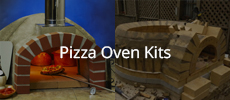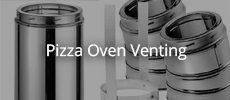Thanks Russell, I will grab a longer hose for the pump and give that a try over the weekend.
i made my IT and started playing with it to lay out the oven floor. It is screwed to a piece of melamine covered MDF that is cut to be the same shape as a brick. It was the perfect thickness for the pivot to be level with the floor. The IT length is adjustable from a little over 20” to a little under 18”. I do plan on reducing the radius of the dome a little as I go up, with the goal of having an 18” ceiling height. I also cut a grove into the block the inner face of the brick rests against to hold a pencil even with that face. That made it easy to draw the circle on the floor and should come in handy laying out the inside face of the inner arch.
i made my IT and started playing with it to lay out the oven floor. It is screwed to a piece of melamine covered MDF that is cut to be the same shape as a brick. It was the perfect thickness for the pivot to be level with the floor. The IT length is adjustable from a little over 20” to a little under 18”. I do plan on reducing the radius of the dome a little as I go up, with the goal of having an 18” ceiling height. I also cut a grove into the block the inner face of the brick rests against to hold a pencil even with that face. That made it easy to draw the circle on the floor and should come in handy laying out the inside face of the inner arch.






Comment